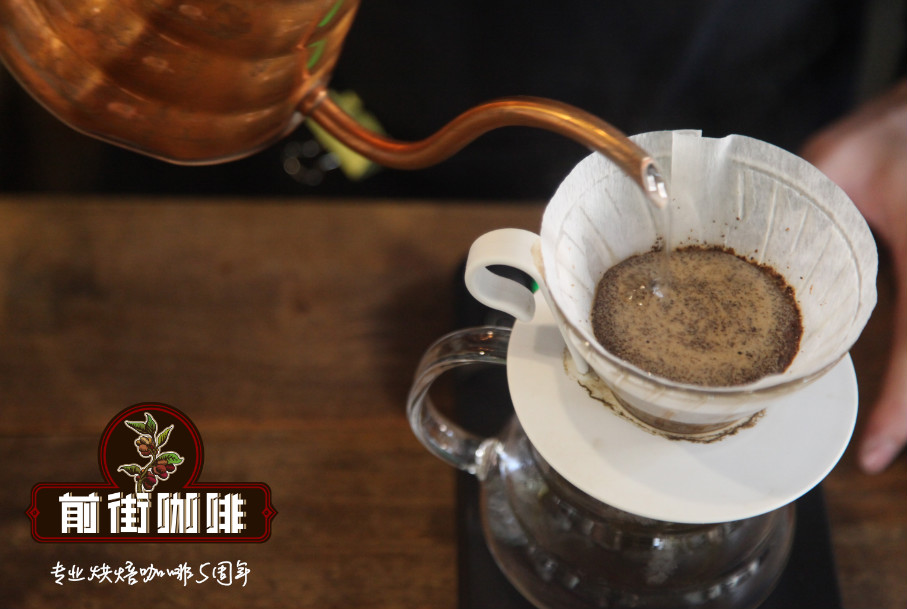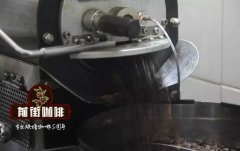SL28 Coffee Costa Rica Chispita Gold Honey Treated Flavor

Professional coffee knowledge exchange More coffee bean information Please pay attention to coffee workshop (Weixin Official Accounts cafe_style)
Costa Rica coffee is the most stable quality of Central American coffee, the most important is that coffee grows under the shade of intact trees and cool rainy nights and the natural environment with large temperature difference between morning and evening, coupled with rich soil and stable and progressive middle and late treatment, which makes Costa Rica coffee famous. It has long been an indicator of Central American coffee.
The more famous growing areas are Tarazu, Sanshui River and Central Valley, etc. However, inspired by the stimulation of coffee cup testing competitions, many farms are becoming more and more refined, more and more small and beautiful farms are gradually becoming more famous, allowing the world to taste more layers and more varieties of Costa Rican coffee beans. The current processing methods in Costa Rica are also developing in many ways, except for the well-known traditional washing method and the most popular honey processing method. In addition to the Miel Process, even in this water-rich country there are sun-baked beans, which are made to compensate for the lack of taste.
SL-28 is not common in Latin America, which makes this golden honey treatment even more unique and provides a comparative opportunity to experience the influence of terroir on the flavor of this coffee strain.
Since the early 2000s, Carlos Barrantes 'family has owned and operated the Herbazog microprocessing plant. In order to focus more on producing unique, premium coffee, Carlos decided to run the existing five small farms and La Perla Del Cafe microprocessing plant alone with his wife Diana. Producing only 300 bags of small products per year allows him to focus on producing high-quality coffee while properly controlling all the details of production.
They even hire exactly the same pickers every year-45 indigenous people from Panama who come to the farm every harvest season, Barrantes, and keep in touch with these farmers and take care of them the rest of the year.
The plant mainly produces honey-treated and sun-cured coffee;Carlos likes to experiment with different strains and currently also grows Gesha, Villa Lobos, Typica, Villa Sarchi and SL-28. Carlos's obsession with detail has gradually translated into the fruits of cup quality in recent years.
It is worth mentioning the SL-28 variety, of which Carlos was the first producer in Costa Rica. Native to Tanzania and related to Bourbon, SL-28 was selected from a tree by Scott Laboratories in 1935. Because of its drought resistance, SL-28 is considered a variety intensively bred in 1935-1939. Provided by Scott Laboratories. It is now one of the main varieties grown throughout Africa, and despite its susceptibility to major diseases, its cupping quality is high.
It's rich in flavor, but you'll be able to taste it later with toffee, hazelnut syrup, and lemon flavors.
END
Important Notice :
前街咖啡 FrontStreet Coffee has moved to new addredd:
FrontStreet Coffee Address: 315,Donghua East Road,GuangZhou
Tel:020 38364473
- Prev

El Salvador Green Hills Manor Coffee introduction what are the producing areas of El Salvador coffee?
Professional coffee knowledge exchange more coffee bean information please pay attention to the coffee workshop (Wechat official account cafe_style) active volcanic activity brings mineral-rich volcanic ash to the country, mainly volcanic ash in the soil, more minerals, less organic matter, so in order to maintain the location and make up for the lack of organic matter, sa farmers will use the treated coffee bean pulp residue
- Next

What is the Black Soul of La Lajas Manor? What is the flavor of Costa Rican black soul coffee?
Professional coffee knowledge exchange more coffee bean information please follow the coffee workshop (Wechat official account cafe_style) in Costa Rica is quite popular in the exquisite sun and honey treatment, La Lajas manor is one of the first to start systematic research and processing, has been a favorite coffee farm for global buyers for many years.
Related
- Does Rose Summer choose Blue, Green or Red? Detailed explanation of Rose Summer Coffee plots and Classification in Panamanian Jade Manor
- What is the difference between the origin, producing area, processing plant, cooperative and manor of coffee beans?
- How fine does the espresso powder fit? how to grind the espresso?
- Sca coffee roasting degree color card coffee roasting degree 8 roasting color values what do you mean?
- The practice of lattes: how to make lattes at home
- Introduction to Indonesian Fine Coffee beans-- Java Coffee producing area of Indonesian Arabica Coffee
- How much will the flavor of light and medium roasted rose summer be expressed? What baking level is rose summer suitable for?
- Introduction to the characteristics of washing, sun-drying or wet-planing coffee commonly used in Mantenin, Indonesia
- Price characteristics of Arabica Coffee Bean Starbucks introduction to Manning Coffee Bean Taste producing area Variety Manor
- What is the authentic Yega flavor? What are the flavor characteristics of the really excellent Yejasuffi coffee beans?

